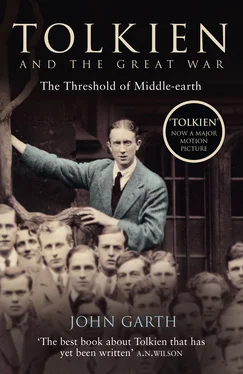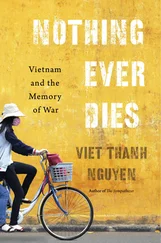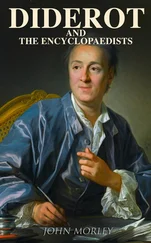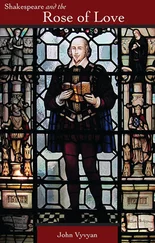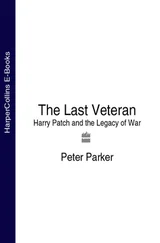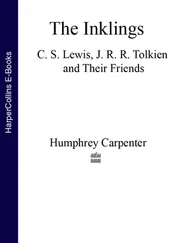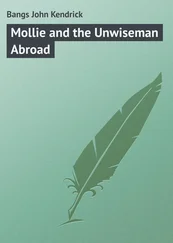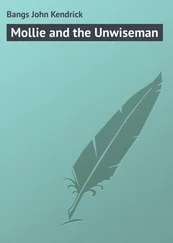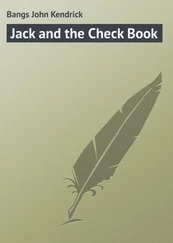It was a relief, for although Gilson was strictly too sensitive for military life, he was sociable and found it easy to get on with his fellow officers. G. B. Smith, however, who was also sensitive but considerably less tolerant and naturally undisciplined, felt ‘much more a fish out of water’ after he followed suit on 1 December. Cary Gilson provided a character reference, and Oxford’s home regiment, the Oxfordshire and Buckinghamshire Light Infantry, took the young poet on. It meant Smith would be training in Oxford and billeted at Magdalen College, where he would be on hand to see Tolkien’s burgeoning efforts at writing. One of Smith’s own poems, ‘Ave Atque Vale’ (‘hail and farewell’), had just appeared in the Oxford Magazine: a paean to his university town (but also to life itself) announcing ‘we may not linger here. A little while, and we are gone…’
In the event, the two new subalterns both managed to arrange leave so that they could come to London on Saturday, 12 December. Gilson had moved the day before into officers’ huts at his battalion’s newly built camp at Cherry Hinton, just outside Cambridge. Under the auspices of Wiseman, in normal circumstances the visit would have been hilarious and carefree, with impromptu outings, missed trains, and countless telephone calls as he tried to keep his mother informed of his schedule. What with the family talent for chaos, and his father’s unpredictable hours, formality had given up the ghost at 33 Routh Road, Wandsworth. But now the four friends had urgent matters to discuss. They closeted themselves in Wiseman’s upstairs room and talked late into the night.
They dubbed the reunion ‘the Council of London’ as if it were a council of war; in fact it was a council of life. War did not intrude, despite the enlistment of Smith and Gilson: in Rob’s words, the four of them were ‘absolutely undistracted by the outside world’. They had made a timely decision, though, to combine and consider the matter in hand: the greatness of the TCBS. That the TCBS was somehow great was a long-standing conviction based on mutual admiration. Gilson now doubted the truth of it, but Wiseman thought that together they each seemed ‘four times the intellectual size’, as if each one absorbed the capabilities of all. Tolkien felt the same way about ‘the inspiration that even a few hours with the four always brought to all of us’; but the inanity that had overtaken the wider group in recent years had left Tolkien and Wiseman convinced that it must now plant its feet firmly in the bedrock of fundamental principles: in other words, all four must open up about their deepest convictions, as the Great Twin Brethren had done long ago. Tolkien put religion, human love, patriotic duty, and nationalism on the agenda. It was not necessary that they all agree, but it was important that they discover the ‘allowable distance apart’, as he put it: in other words, how much internal dissent the club could accommodate.
The Council surpassed all their hopes. ‘I never spent happier hours,’ Rob wrote to John Ronald afterwards. For Tolkien, the weekend was a revelation, and he came to regard it as a turning point in his creative life. It was, he said eighteen months later, the moment when he first became conscious of ‘the hope and ambitions (inchoate and cloudy I know)’ that had driven him ever since, and were to drive him for the rest of his life.
Tolkien had long harboured creative ambitions, but they had found their outlet in his invented languages, at one extreme, or in drawings. Now all that changed. It may well be that, under the oppressive weight of war, he felt an answering pressure from within that could find no outlet in the old creative habits. He had experimented with prose in his Story of Kullervo. Now, however, he was going to take his cue from the Kalevala itself, from the verse into which Kullervo had fallen with increasing frequency, and from G. B. Smith. He would become a poet.
In fact he had started already, a week before the Council, by writing an ambitious poem in a percussive version of the long line he had used in ‘From the many-willow’d margin of the immemorial Thames’. In its earliest published form, ‘The Tides’ begins:
I sat on the ruined margin of the deep voiced echoing sea
Whose roaring foaming music crashed in endless cadency
On the land besieged for ever in an aeon of assaults
And torn in towers and pinnacles and caverned in great vaults:
And its arches shook with thunder and its feet were piled with shapes
Riven in old sea-warfare from those crags and sable capes
By ancient battailous tempest and primeval mighty tide…
Subtitled ‘On the Cornish Coast’, this was the poetic expression of the sea-awe that Tolkien had described in his letters and drawings in Cornwall that summer of 1914. While the martial imagery might have been coloured by the fact that this was written at a moment of war, and amid widespread fear of invasion, he was concerned with processes on a geological timescale. The poet’s presence is almost incidental: he is there merely to witness the action of primal oceanic forces, inhuman and sublime. The piece gives a very early glimpse of Tolkien’s intense awareness of the vast histories inscribed within a landscape – an awareness that gives his mythological world the texture of reality.
Very soon he was adding more poems to his corpus, in a rush of creativity that for him was unprecedented. ‘That Council,’ Tolkien told G. B. Smith, ‘was…followed in my own case with my finding a voice for all kinds of pent up things and a tremendous opening up of everything.’ A painting made two days after Christmas captures this strange mood of uplift in the midst of dark times: The Land of Pohja, depicting a scene from the Kalevala in which the Sun and Moon, drawn by the beauty of the wizard Väinämöinen’s harp-playing, settle in the branches of two trees, filling the icebound wastes with light.
Tolkien was also absorbed once more in the Finnish language itself, and it played the most productive role in a creative breakthrough. When he had borrowed a college library copy of Chaucer to continue studying for his English course during the Christmas vacation, he had also taken Eliot’s Finnish Grammar out again. He immersed himself in the book, but not in order to read more Finnish; rather, he was allowing Finnish to shape the language he now hoped to devise. The language of the Kalevala had long been supplanting the earlier primacy of Gothic in his philological heart. At some point as 1915 came in, Tolkien took an exercise book, in which he had apparently been outlining aspects of Gautisk, and struck out his old notes, ready to make a fresh beginning. He tried out several names for the new language, eventually settling on Qenya.
To Tolkien, working in the familiar fields of English and its Indo-European relatives, Finnish was remote, mysterious, and peculiarly beautiful. Its culture was pre-industrial, with ancient roots. By tapping into it, Tolkien was following, in his idiosyncratic way, the contemporary vogue for primitivism that had attracted Picasso to African masks. In the Kalevala , the natural and the supernatural were intimate and intermingled: the language, as Tolkien said, revealed ‘an entirely different mythological world’.
The small, stark array of consonants and the chiming inflexional word-endings of Finnish produce a distinctive musicality that Tolkien adapted for Qenya; but he wanted a language with its own past, so he detailed how Qenya had evolved from an ancestral tongue that he soon named Primitive Eldarin. As in any real-world language, the process was a combination of sound shifts (phonology), the deployment of word-building elements (morphology) like the - s or - es that commonly pluralize an English noun, and developments in meaning (semantics). *A further fascination of this linguistic alchemy was that, as in the real world, an alternative set of sound-changes and morphological elements would produce elsewhere a quite different language from the same ancestral stock – an option Tolkien also began to explore before long.
Читать дальше
